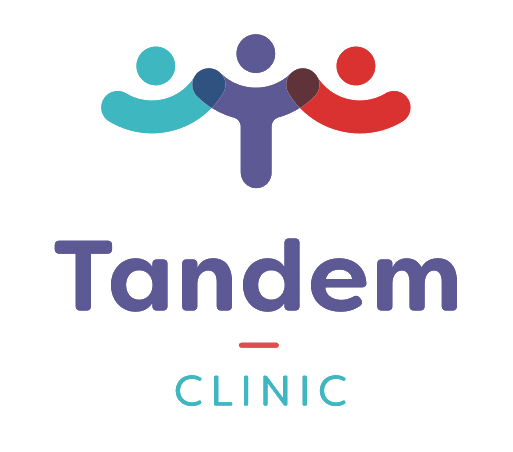Auricular Acupuncture & NADA Protocol
If you’ve ever received Acupuncture before, you’ve probably had a few points placed in your ears. Traditional Chinese Medicine (TCM), views the ears as a "microsystem" composed of acupuncture points that coordinate to every part of the body. This same concept is used in reflexology, on the feet, as well as in Balance method acupuncture.
In the 1970s, the National Acupuncture Detoxification Association (NADA) developed a standardized ear acupuncture protocol at Lincoln Hospital in New York. At the time, there was a serious opioid crisis occurring in the South Bronx. The Nada Protocol was intended to support drug and alcohol detox treatment by easing withdrawal symptoms and down-regulating the nervous system from the sympathetic nervous system “Fight of Flight”, to the parasympathetic nervous system “Rest and Digest”.
The program uses three to five points—the sympathetic, Shen Men (Neurogate), Kidney, Liver, and Lung points. These points can be needled, stimulated manually with pressure, or with press needles or ear seeds.
The Nada protocol can also be extremely beneficial for those struggling with symptoms such as insomnia, anxiety, depression, severe post-traumatic effects, and pain.
In its origins, NADA was administered in a group setting, also known as Community Acupuncture. Today, NADA is used world wide, in an array of settings. From rural areas of the world, to disaster stricken communities. Acupuncturists Without Borders will often use NADA protocol as it is quick, easy and effective, and can be administered while the patient sits, rather than needing to lay prone or supine.
Typically, one would sit with the needles for 30-45 minutes, alone or in a group setting. Meditative practices such as visualisation and breathwork are often done while sitting in treatment, to help calm the mind and body, and optimize deeper relaxation.
A standard course of treatment for NADA would typically be 1-2 times a week for 30-45 mins per session. However, ear seeds and press needles are great options for those who may want to prolong the effects of treatment in between sessions, or who do not particularly do well with needles.
Ear seeds are typically made of vaccaria seeds — the vaccaria plant is prominent in Traditional Chinese Medicine and associated with the liver and stomach meridians — though they can also be made of metal or ceramic beads. These seeds or beads are placed on adhesive tape, which you can put directly on your ears.
Press needles are made of stainless steel with a shape similar to a thumbtack, and placed with adhesive tape, and left on for up to 72 hours.
As always, we must remember that acupuncture is a cumulative therapy, and often requires multiple sessions over a period of weeks before seeing or feeling a shift. It is true that one may experience immediate results, such as deep relaxation and improved state of mind, however, in the case of long term, severe chronic issues, just like it didn’t happen overnight, the same goes with results from acupuncture. Acupuncture, being a holistic approach, will always work best in conjunction with proper rest, diet, exercise, and mental-emotional self care.

